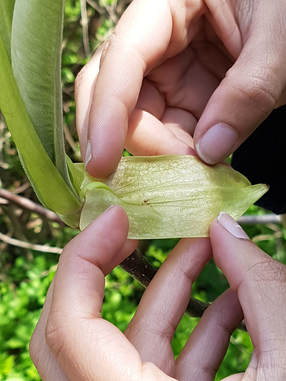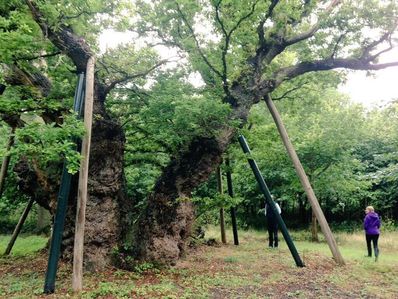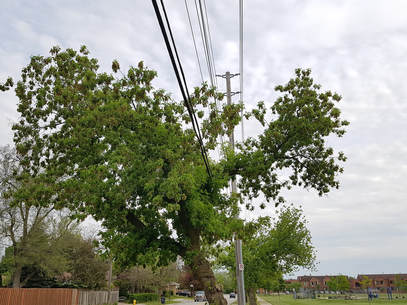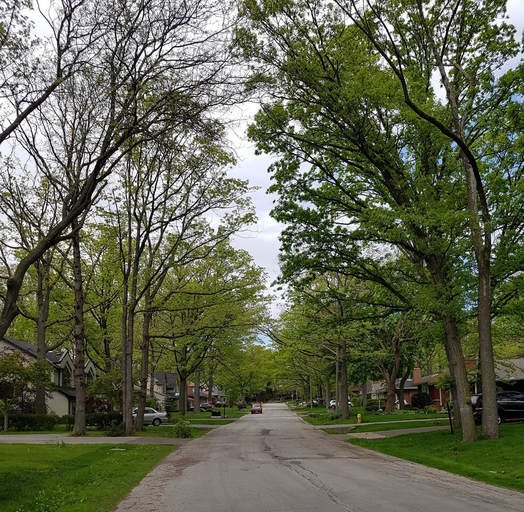|
By Jackie Hamilton I have had the chance to talk to a LOT of people about trees. It’s really fun to get to see the variety of feelings out there, from seeing them as immortal beings that would live forever without humans to seeing them as annoying impediments to development or perfect lawns. Most people though, fall somewhere in the middle ground of liking trees enough, but not really noticing them on a day to day basis. I do not fall into this group. To be a person that studies trees means that you will never be alone on the street or in the forest. I see familiar “faces” literally everywhere I go. On the occasion I see a tree I am unfamiliar with I stop to identify it (sometimes in the middle of a busy sidewalk – no shame). One of the (many) beauties of identifying trees is that you can take all the time you need, they aren’t going anywhere. There have been a couple trees that I was unsure of and had to re-visit in different seasons and bring fellow arborists to confer with. The downside of being someone that is interested in trees is you also see a lot of stress and mismanagement in our urban centres. Compared to us, trees are giant and ancient beings. It’s hard for people to understand but trees live in entirely different timescales than we do. Injuries and ailments like poor planting practices or root damage often take years to show in trees, at which point it’s often too late. It’s not initially clear that planting a tree in a 3 ft by 3 ft area surrounded by hard surfaces is a bad idea, but when you see those trees 3-5 years down the line they are often on death’s door. There is a lot of innovation that makes me excited about the future of trees in cities, including engineered soil beds and underground utilities. The movement toward these techniques is going to be gradual but so worth it for the long-term viability of our urban forests. One of the best things we can do for our urban forest is to plan for as much biodiversity as possible. A biodiverse tree population is not only going to be able to support a high diversity of all other living things, but it is also a smart management move. With climate change and new introduced species, we really don’t know what tree species will be in our cities in 50-100 years, but we can be certain that by planting and maintaining a diversity of species we are reducing our losses.
3 Comments
10/9/2019 01:17:52 am
I know that some of us are in favor of modernization as it signifies innovation. But we should also neglect the important of our environment while we are aiming for more and moving into greater heights. It was a good thing that you talked about trees. It was a good reminder that all of us love environment more than how fasciated we are with tap buildings. We need to support movements that protect urban forests so we can have a better environment not just for us, but for the future generation as well.
Reply
4/22/2023 09:13:25 am
In general, arborists do almost everything related to plants and trees.
Reply
Leave a Reply. |
ELB MembersBlogs are written by ELB members who want to share their stories about Ontario's biodiversity. Archives
January 2023
Categories
All
|






 RSS Feed
RSS Feed